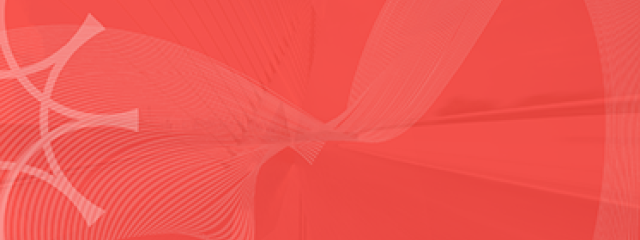Automated Clearing Settlement System now accessible outside of Canada
A new rule that gives Direct Clearers access to ACSS/USBE outside of Canada went into effect on November 14, 2022.
With the recent technology refresh of the ACSS batch system, and its move to a web-based application, many Direct Clearers expressed interest in moving elements of their ACSS/USBE operations to jurisdictions outside of the country.
The new Rule C1 - Cross Border Arrangements limits ACSS/USBE cross-border arrangements to features and functions available through the application only, such as creating deliveries (sometimes referred to as entries) and generating reports.
Rule C1 is based on an existing rule for cross-border arrangements on Lynx, Canada's high-value payment system. Changes were made related to the specific nuances of the ACSS/USBE application, but Rule C1 largely mirrors the requirements, evaluation criteria and application process already in place for Lynx.
The new rule was drafted in consultation with the ACSS/USBE Direct Clearers.
Requirements for Rule C1
For an active ACSS/USBE Direct Clearer to set up cross-border operations and/or access ACSS/USBE from outside of Canada, there are certain requirements. A Direct Clearer must:
- provide the mandatory information and documentation as part of an application for a cross-border arrangement;
- supply Payments Canada with, at least, 30 days written notice of any changes to the initial application.
- agree to to an independent audit of the arrangements at the request of Payments Canada’s President and CEO; and
- submit an attestation every two years attesting that the information provided to the Association in relation to its cross-border arrangements remains accurate. The attestation must be submitted by January 31 from an independent source or internal auditor.
For a comprehensive list of all of Payments Canada rules, and to learn more about the process around the creation of new rules and rule amendments, we invite you to visit our Rules Centre.


